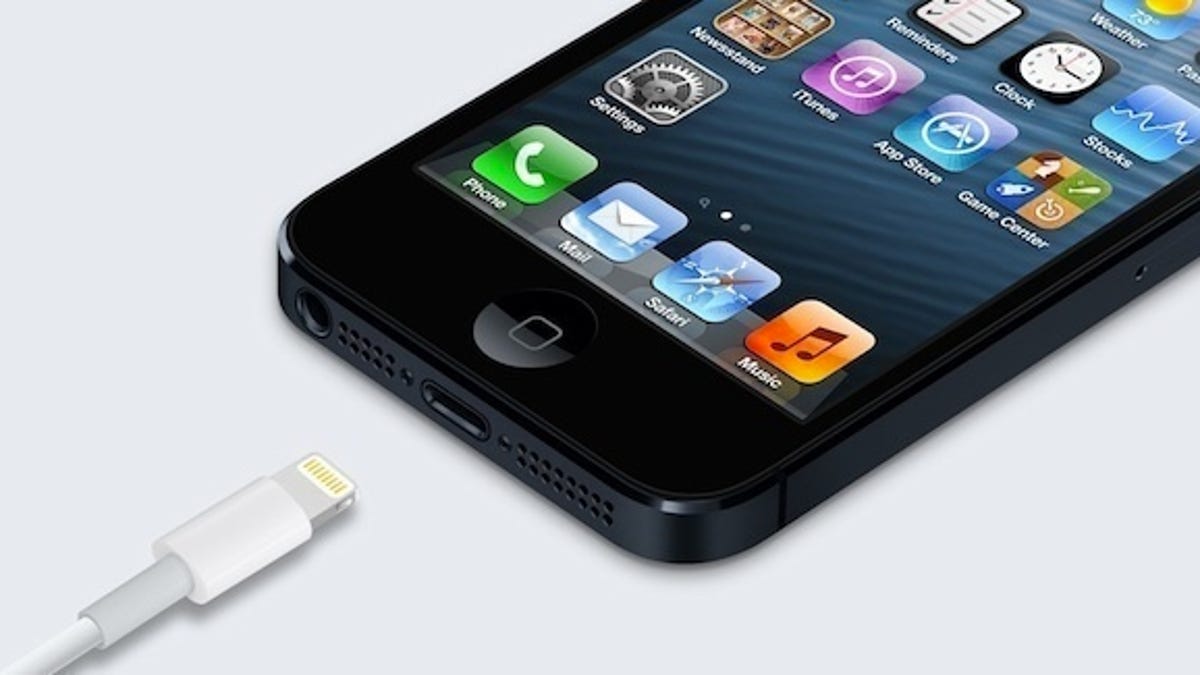Can Asia's tech-loving areas spell widespread iPhone woes?
A report from Reuters indicates that "iPhone fatigue" may be setting in across Asia. But how sure are we that it's happening?

If Singapore and Hong Kong are to be our guides, Apple might be having some trouble in Asia, according to a new report.
Reuters yesterday made some waves in a report outlining Apple's perceived troubles in Asia. The news outlet argued that in the most "trend-setting" areas in Asia, the popularity of Apple's iPhone seems to be dropping off.
To make its point, Reuters pointed to data from StatCounter, an analytics provider that delivers market share data based on page views collected from sites running its platform. At last count, that meant a global sample of 17.1 billion page views across 3 million Web sites. Reuters pointed out that Apple's mobile OS share in Singapore fell from a high of 72 percent in January 2012 to about 50 percent now. Meanwhile, Android devices have seen their market share rise from 20 percent to 43 percent.
It's a similar story in Hong Kong, where Apple's iOS has watched its market share decline from 45 percent market share to 30 percent share.
In a few interviews with Singapore- and Hong Kong-based experts, Reuters found that Apple's market share is on the decline because of something called "iPhone fatigue," driven by consumers hoping to get their hands on the latest and greatest "cool" Android devices.
Samsung has also caught fire in a big way in Singapore. Last year, CNET colleagues in Asia were on hand to snap photos of the sprawling lines surrounding stores where Samsung's Galaxy S3 and Galaxy Note 2 were going on sale. When around 1,000 people stood outside one store for a Galaxy Note 2, it was hard to not draw comparisons to Apple's mammoth launches around the world.
There's little debating that Apple is having some trouble in Asia. Singpore and Hong Kong are both technology leaders across the continent, and in many ways, those areas indicate how the rest of the region will go. Such erosion is already occurring in China, where in November, it was revealed that Apple was the sixth-most-popular smartphone maker. Samsung was the most popular smartphone vendor.
It's not just Apple's top competitors. Bloomberg reported that Apple's iPhone was being outsold in China by the Coolpad 8060, a device sold by China Wireless Technologies -- a company that's less than 1 percent the size of Apple.
By seemingly all measure, Apple is in trouble in Asia. And all of those data points have led folks to question Apple's chances for future success across the continent.
However, there might be more to this story than meets the eye. It's important to point out that Reuters touched on the "anecdotal evidence of iPhone fatigue" in Singapore and Hong Kong. The news outlet also based many of its findings on StatCounter data. However, out of the 17.1 billion page views StatCounter analyzed, Singapore accounted for only 126 million. Hong Kong could only muster 57 million page views in that tally.
To put those figures into perspective, it's believed that Singapore has about 4 million Internet users -- roughly 75 percent of its population. Last year, Nielsen released a study that found that the average U.S. Web user has 2,600 Web page views per month. Assuming that's about the same in Singapore, its Web users see over 10 billion page views per month, or 120 billion per year. StatCounter's data, then, is taking only a sliver of Singapore's total page views.
That's not to say, of course, that StatCounter's data is incorrect or that it can't show trends that highlight Apple's troubles in Singapore and Hong Kong. Whether such a small sample gives a clear view of all of Singapore's device usage, however, is up for debate.
Perhaps, then, an analysis of Apple's financials can add a bit more clarity. Last week, the iPhone maker released its fiscal first-quarter results for the 13-week period that ended December 29. Apple revealed that revenue in Japan, the Asia-Pacific region, and Greater China, which includes Hong Kong, was up substantially. Year-over-year revenue gains were up 67 percent in China, 25 percent in Japan, and 10 percent in the rest of the Asia-Pacific. All told, those regions accounted for over $15 billion of Apple's $54.5 billion in revenue.
So, what's the real story in Asia? It might just depend on who you ask. The drumbeat of Apple trouble in Asia appears to be getting louder, but the company's revenue seems to indicate growth. Regardless, it's clear that Asia is a huge concern and opportunity for Apple and its competitors. And in the coming months, that reality will likely be made even more clear.
CNET has contacted Apple for comment. We will update this story when we have more information.

